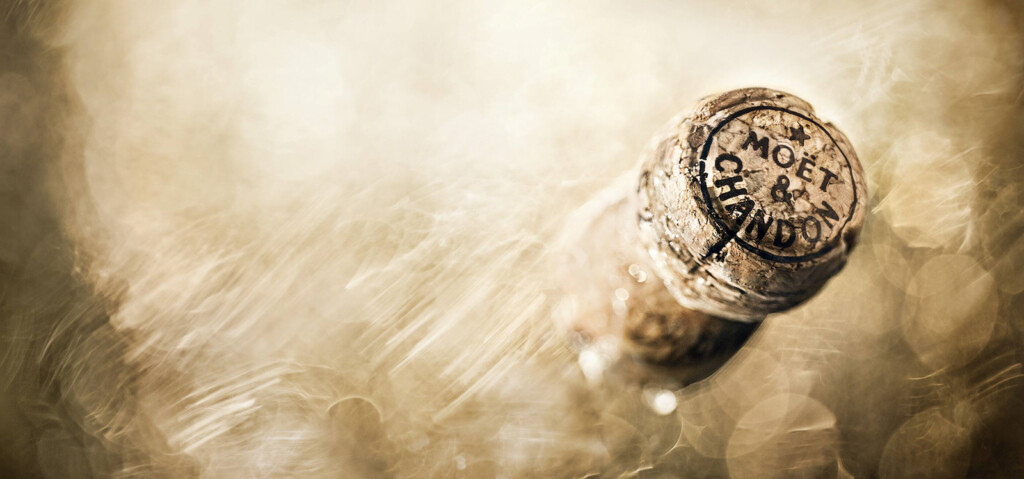
The cobalt blue sky seems to crash into the rusty brown and red jagged cliffs one day late in September as the scenery came together creating a superb backdrop against Vermillion Cliffs National Monument just over the Utah border.
Every year hundreds of people gather here to witness the magnificent and endangered, California Condor as they take flight in the wild for the first time. If you’ve seen these birds up close, you appreciate that despite its bald head and a face that only a mother could love, along with its intimidating appearance, that this bird had a survivor’s soul.
The California Condor is the largest flying land bird in North America with a wingspan stretching nearly 10 feet from tip-to-tip. Their appearance is like the Turkey Vulture, and unlike other species of birds where the males generally sport a beautiful grouping of feathers the male and female California Condor look the same.

While many people know they are huge, and not all that handsome, many don’t know their struggle. In 1982 the population these birds had been reduced to only 22 in the world, all of which were found in California. Scientists believe that much of their demise was caused by lead poisoning and the use of lead ammunition is likely to blame.
Several organizations in multiple states work with hunters to switch to non-lead ammunition. Utah launched a voluntary non-lead ammunition program in 2011 with the help of the Peregrine Fund giving big game hunters traveling into condor territory coupons for non-lead ammunition.
In 2013 hunters who took part in the program were eligible to enter a drawing to win an ATV or a new hunting rifle. According to the Department of Natural Resources biologists this made a huge difference in the Arizona-Utah population and in 2014 only 13 birds were treated for lead poisoning. It is small wins like this that make a huge difference when restoring populations.
Every year, in the red-rock desert you will find the Peregrine Fund as they invite the public to witness first-hand, a release of several captive-bred, young and endangered California Condors into the wild at the Vermilion Cliffs Release Site just over the Utah border in Arizona.
Since 1996, The Peregrine Fund has bred and raised California Condors in captivity for their release into the wild. There is a flock of more than 50 condors at their breeding facility in Boise, Idaho including 18 breeding pairs that produce about 20 eggs per year.
Tim Hauck, the Field Manager at the Peregrine Fund “hopes he works himself out of a job as he works towards creating a wild and sustainable population of Condors.”
The birds each receive their own radio or satellite telemetry device to track the bird in the wild and they are each fitted with their own number tags. It is important to track the young condors in their first few weeks to measure their survival rate and in some cases determine the cause of death if they don’t survive.
Sometimes they don’t survive. “The world is a rough place for a juvenile condor” said Hauck. This is just the name of the game and even though many birds may not survive, more condors grace the skies of the Utah and Arizona than ever before. The four birds recently released at Condor Cliffs brings the southwestern population up to 89 condors in the wild and that is a huge win for the condor, and us.
If you are interested in witnessing the release of condors into the wild the public is invited to join the recovery effort every year in late September. For additional information please see the Condor Cliffs Facebook.
If you see anyone who appears to be poaching or harassing condors. You can contact wildlife officials at 1-800-662-3337.






